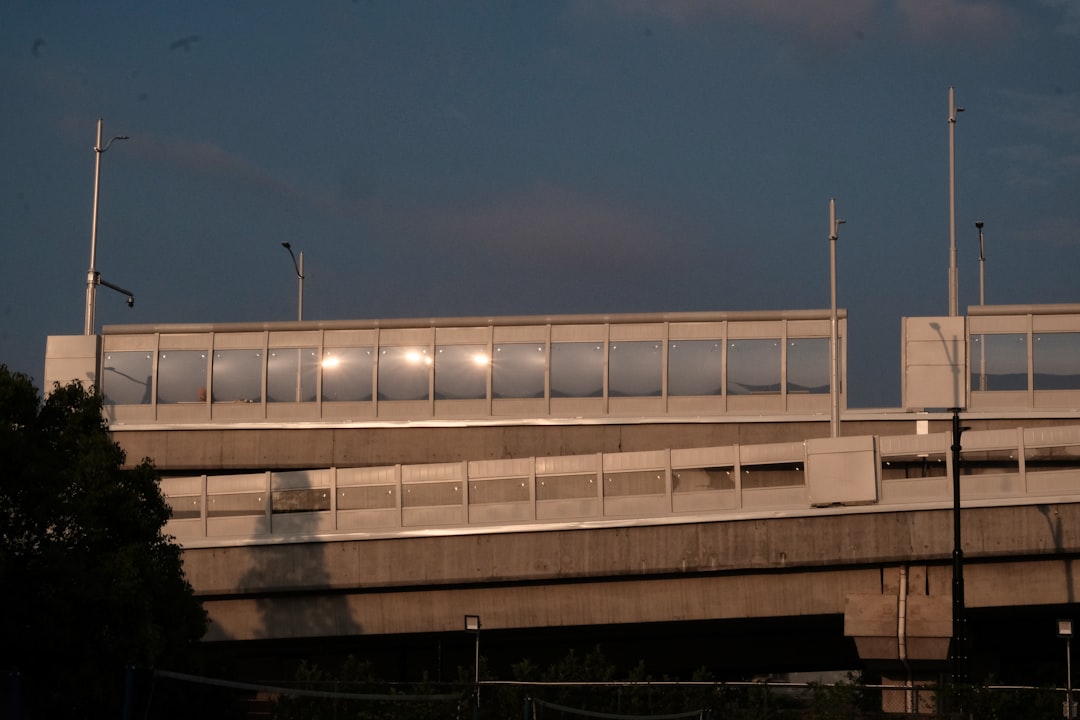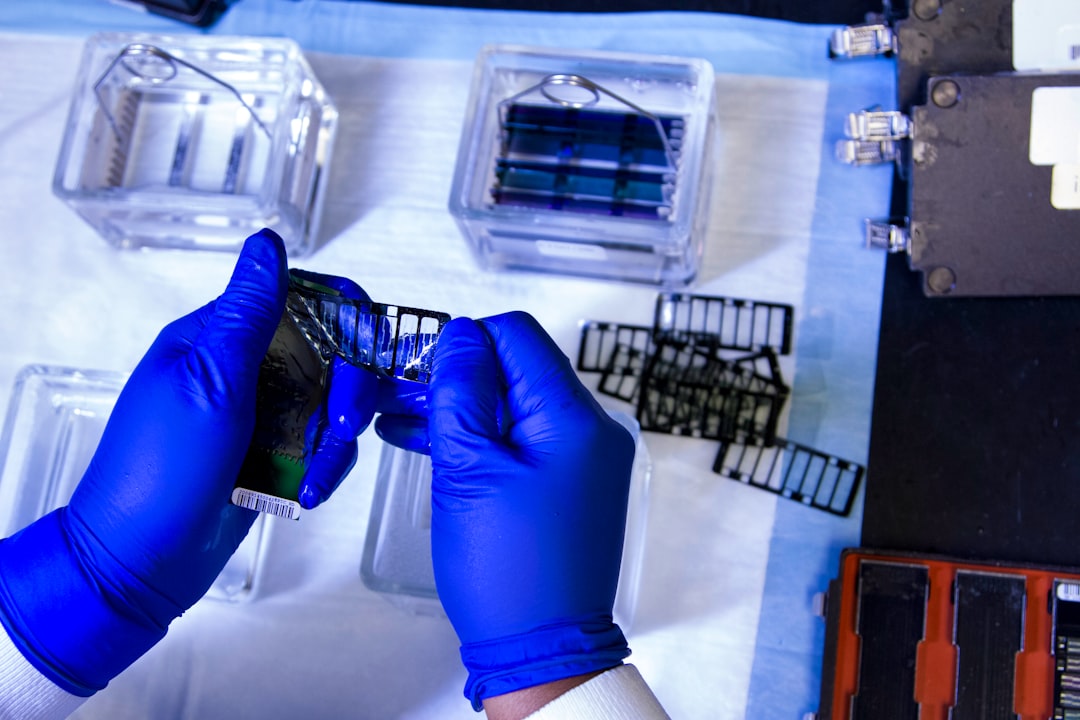
Myopia has been a global problem leading to visual impairment and blinding complications with associated factors including time spent outdoor and near-work activity time. Excessive near-work activities are inevitable in children nowadays. However, the association between near-work activity time and myopia are still inconsistent between studies. The aim of this study is to review whether excessive near-work activities is associated with myopia incidence. A literature search on six different database (Pubmed, Cochrane Library, Scopus, Clinical Key, Google Scholar, and EBSCOhost). Articles matched with inclusion criteria were appraised using Therapeutic Study Critical Appraisal Tool by CEEBM, University of Oxford. Three cohort trials were obtained from the literature search. Incidence of myopia and the hazard ratio (HR) in Ku et al, Tsai et al, and You et al are 27.7%, HR 1.31 (95% CI 1.03-1.68) for ≥2 hours/day cram school attendance; 25.2% HR 1.12 (95%CI 1.02-1.22) for ≥5 hours/week after-school program; 16% HR 1.05 (0.96-1.16) for ≥2.95 ± 1.72 hours/day near work time, respectively. The protective factor pointed out by the studies was outdoor time. Tsai et al showed HR 0.90 (95%CI 0.82-0.99, p<0.001) for ≥30 minute time spent on outdoor activities after school on weekdays; and Ku et al showed a protective dose-response relationship (p<0.001) between increased outdoor activity time and myopia. Near-work activity is a strong risk factor candidate for myopia incidence, while outdoor activity is a strong protective candidate. Hubungan Aktivitas Jarak Dekat terhadap Insidens Miopia pada Anak Miopia merupakan penyakit mata terbanyak yang dapat mengakibatkan kebutaan. Faktor yang berpengaruh antara lain aktivitas luar ruangan dan aktivitas jarak dekat. Pada era milenial olahraga luar ruangan jarang dilakukan dan aktivitas jarak dekat sangat melekat dengan kehidupan sehari-hari. Studi ini bertujuan untuk meninjau hubungan aktivitas jarak dekat dengan insidens miopia. Pencarian melalui enam basis data ilmiah (Pubmed, Cochrane Library, Scopus, Clinical Key, Google Scholar, and EBSCOhost) menghasilkan tiga studi kohort yang selanjutnya ditelaah menggunakan Therapeutic Study Critical Appraisal Tool by CEEBM, University of Oxford. Insidens miopia dan hazard ratio (HR) aktivitas jarak dekat pada Ku et al, Tsai et al, dan You et al adalah 27,7%, HR 1,31 (95% CI 1,03-1,68) untuk ≥2 jam/hari les akademik; 25,2% HR 1,12 (95% CI 1,02-1,22) untuk ≥5 jam/minggu program akademik; 16% HR 1,05 (0,96-1,16) untuk ≥2,95 ± 1,72 jam/hari aktivitas jarak dekat. Aktivitas luar ruangan merupakan faktor protektif terhadap insidens miopia dengan HR 0,90 (95% CI 0,82-0,99, p<0,001) untuk ≥30 menit kegiatan luar ruangan pada hari kerja. Terdapat hubungan dosis-respons protektif (p<0,001) antara aktivitas luar ruangan dan miopia. Aktivitas jarak dekat merupakan faktor risiko kuat untuk miopia sedangkan aktivitas luar ruangan merupakan faktor protektif.



